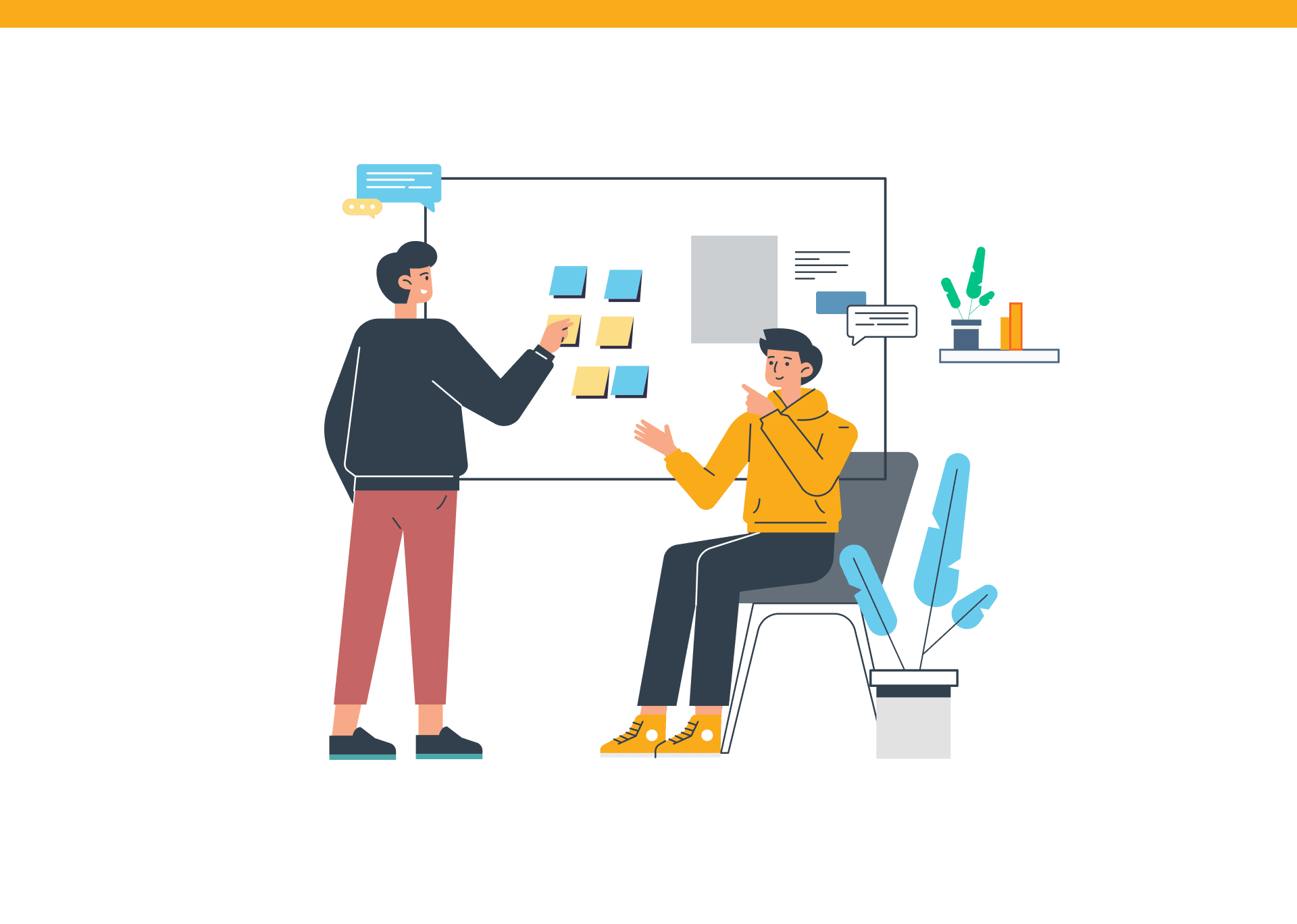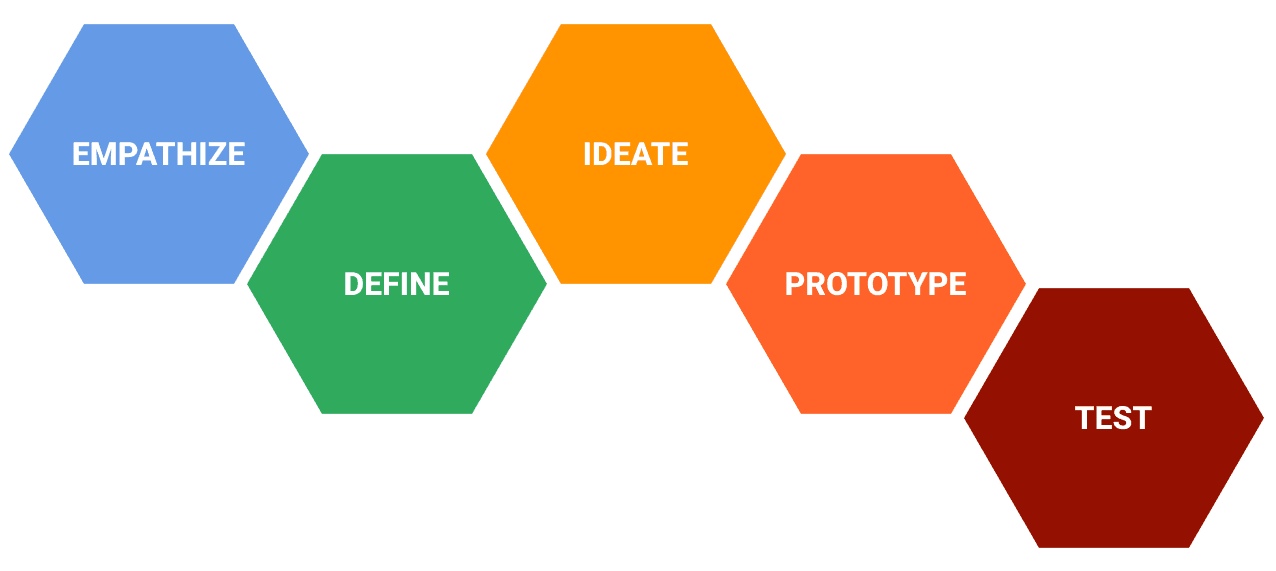
Design Thinking
There is a trend gaining popularity in the service and product market, namely one that encourages focus, first and foremost, on the customer and their individual needs. Currently both consumer and demand are the key elements behind any successful business. This situation forces various companies and organizations to adjust their offer to the expectations of more and more demanding customers. What is key is ensuring that your products and services are presented to the potential buyer in such a manner that they can clearly see the actual benefit from buying them and make the purchase. Such an approach is the focus of the Design Thinking method.
What is Design Thinking all about?
It is a systematic process for creating services and products based on a thorough understanding of the users' needs and their issues. Design Thinking is based on project thinking that prioritizes delivery of effective solutions. This method is so versatile that it can be implemented both by a newly founded start-up, as well as a large corporation with a long-standing market presence.
Defining Design Thinking
There are many ways to define and describe the Design Thinking method. Some of them refer to the individual stages of the process and their results. The most common frameworks for Design Thinking are:
Double Diamond - a project methodology based on two separate cognitive psychology constructs:
- divergent thinking, which takes various perspectives and points of view into consideration, used to create a list of ideas and possible solutions to the problem based on them;
- convergent thinking is a mirror image of divergent thinking: it is all about reaching a single identified goal or solution quickly and effectively.
Five stage DT model - the most common model, consisting of five stages (more on each of them later):
- empathize;
- define;
- ideate;
- prototype;
- test.
McKinsey Design – an approach based on four key values:
- analytical leadership;
- multi-function talent;
- constant iteration;
- user experience.

Five stage DT model
Empathize This is the first process that focuses on obtaining true insight into the needs of the user or the challenges they may be facing. The most important element at this stage is to learn about the challenges of an individual, to verify the drivers of their decision making, as well as to find out the causes of their behavior. Some of the techniques used at this stage are:
- IDI – Individual In-depth Interviews;
- empathy map;
- questionnaires;
- ethnographic studies.
Define At the next stage, we define the problem based on the data collected during the previous empathizing stage. This is the moment when we need to break free from our cognitive framework that limits our perception. It is important to remember that the scope of the problem to be defined should never be too narrow nor too broad. The methods used at this stage include:
- 5-why;
- Ishikawa diagram.
Ideate This is all about generating as many solution ideas as possible for the problem defined at the previous stages. Do keep in mind that at this stage not only solid expertise is required, but also the courage to create brand new solutions. An important rule is also to refrain from judging or criticizing other team members, as well as to adopt the rule that “there are no stupid ideas.” It is definitely the most pleasant and exciting stage.
The tool most commonly used here is brainstorming in a post-up form, but remember that it is just a tool to use at the beginning and not the heart of the stage. Once brainstorming is done, grouping the ideas collected (Affinity Diagramming) is a good idea and then create maps for the selected solutions (landscape mapping).
Prototype The purpose of this stage is to prepare a physical prototype. However, the main goal is not to prepare a detailed and complicated model that would resemble the final product. It turns out that the key here is the opportunity to present the idea to the users and elicit valuable feedback. It is always beneficial to gather opinions on the proposed solution and, should any criticisms arise, to be able to quickly implement any changes. This approach allows to minimize the risk of wasting time on preparing a complete solution that in the end may turn out to be non-functional.
Dedicated software (e.g. Figma, Axure etc.) can be used for the construction of a prototype of a digital product. For quick validations, on the other hand, a paper prototyping method may work just as well, since not all solutions need to be digital.
Test The last, but by no means the least important stage is testing of the solution developed in the user's environment. Remember to re-create the appropriate conditions and parameters for the testing! Such an approach will ensure test reliability so that we can be sure that the developed solution is viable. Tests are the most accurate if the testers are representative to the end user group. They are the most likely to look at the proposed methods objectively and will keep you from getting locked in a creative echo-chamber.

